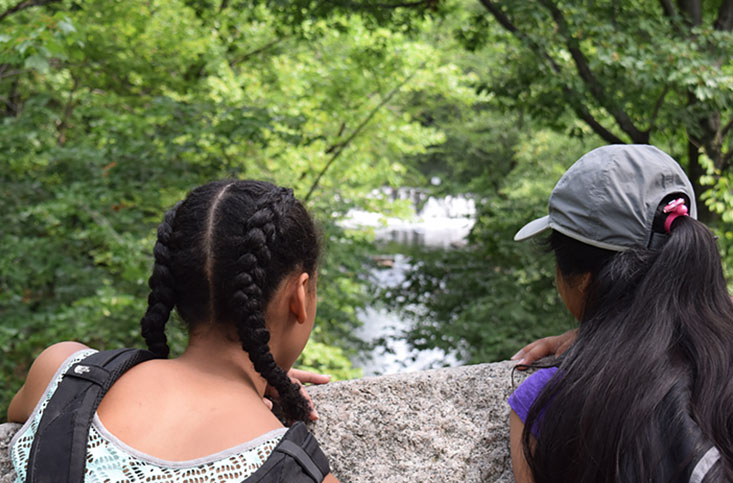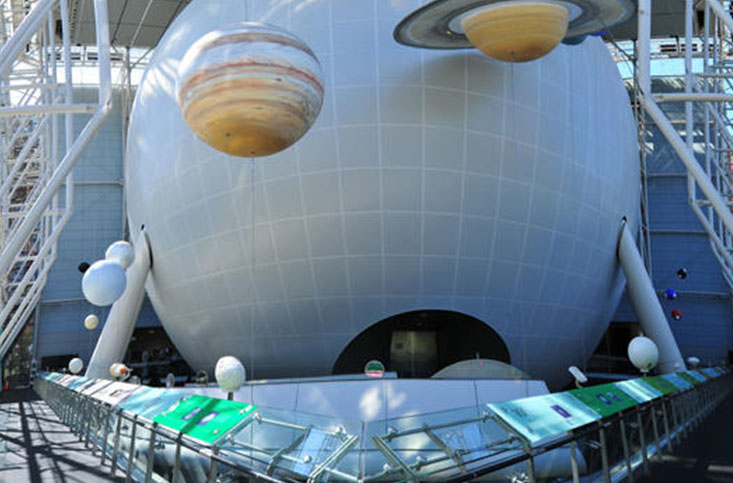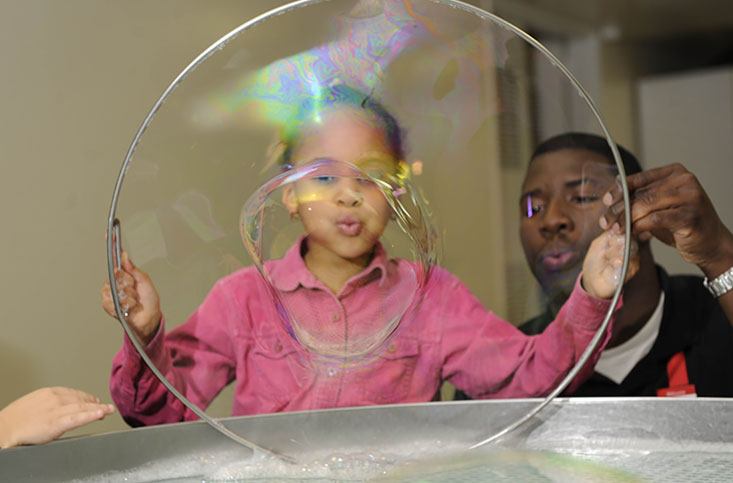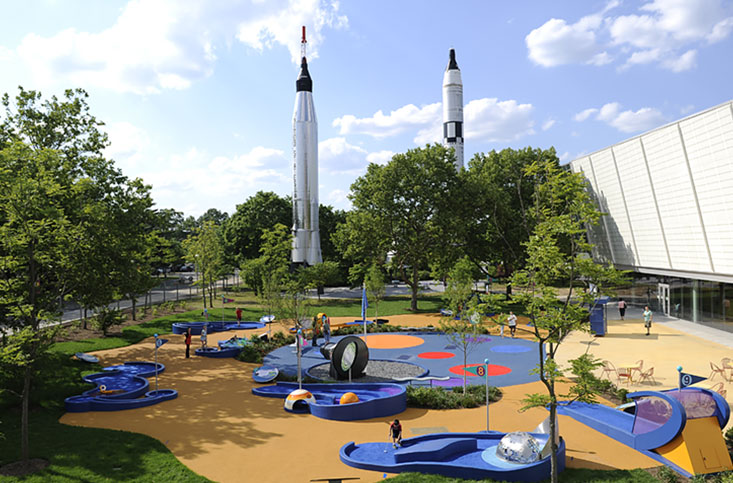What Can I Investigate?

Life Science: plants, animals and ecosystems
Have you ever wondered why plants wiggle, why sea lions bark or what happens when a new species in added to an ecosystem? Scientists study life on earth in a variety of ways, from field investigations of ecosystems or animal behavior, secondary research investigations of populations, to controlled experiments on what organisms need to survive and grow.
Here are some examples of student life science investigations.

Earth and Space Science: weather, climate, earthquakes and sun spots
The Earth is shaking with earthquakes, spinning around its axis, swirling in its atmosphere and sloshing in its oceans. Plate tectonics, weather, climate and astronomical observation are some of the many interesting areas that earth and space scientists investigate. Sometimes you can gather your own data through a field investigation outside, other times you might use data gathered from satellites or other instruments and conduct a secondary research investigation or you might model a natural situation with materials in a lab and conduct a controlled experiment to gather evidence.
Here are some examples of student earth and space science investigations.

Chemistry and Physics: Magnets, chemical reactions, forces and motion
Our world is full of chemicals interacting, materials changing from liquids to gases and interesting forces of gravity, magnetism and others. You can gather data on these interactions through a wide variety of controlled experiments in the lab, or using data gathered by others in a secondary research investigation.
Here are some examples of student chemistry and physics investigations.

Engineering and Design: rockets, submersibles, and windmills
Engineers are always trying to meet the challenge of a new design goal: generating more energy, making a car more efficient or faster, building stronger structures with less material, or designing a rocket to go farther. These investigations involve changing a variety of parts of the system and combining the best results for each part into a best overall design; this is called a design investigation.
Here are some examples of student engineering and design investigations.